Wall painting is not difficult, but with a professional instructions you get a clean edges and avoid the shiny spots in the eye. Read the tips for the article and see Ella Vesala's instructions in Uula's video!
Wall painting starts already in the paint shop
Occasionally, paint shopping may go a bit on the bike when there are many options, and the most important thing may be to find the right shade and the degree of gloss. However, other paintings of the paint also play a major role in the experience of painting, the success of the painting and its durability.
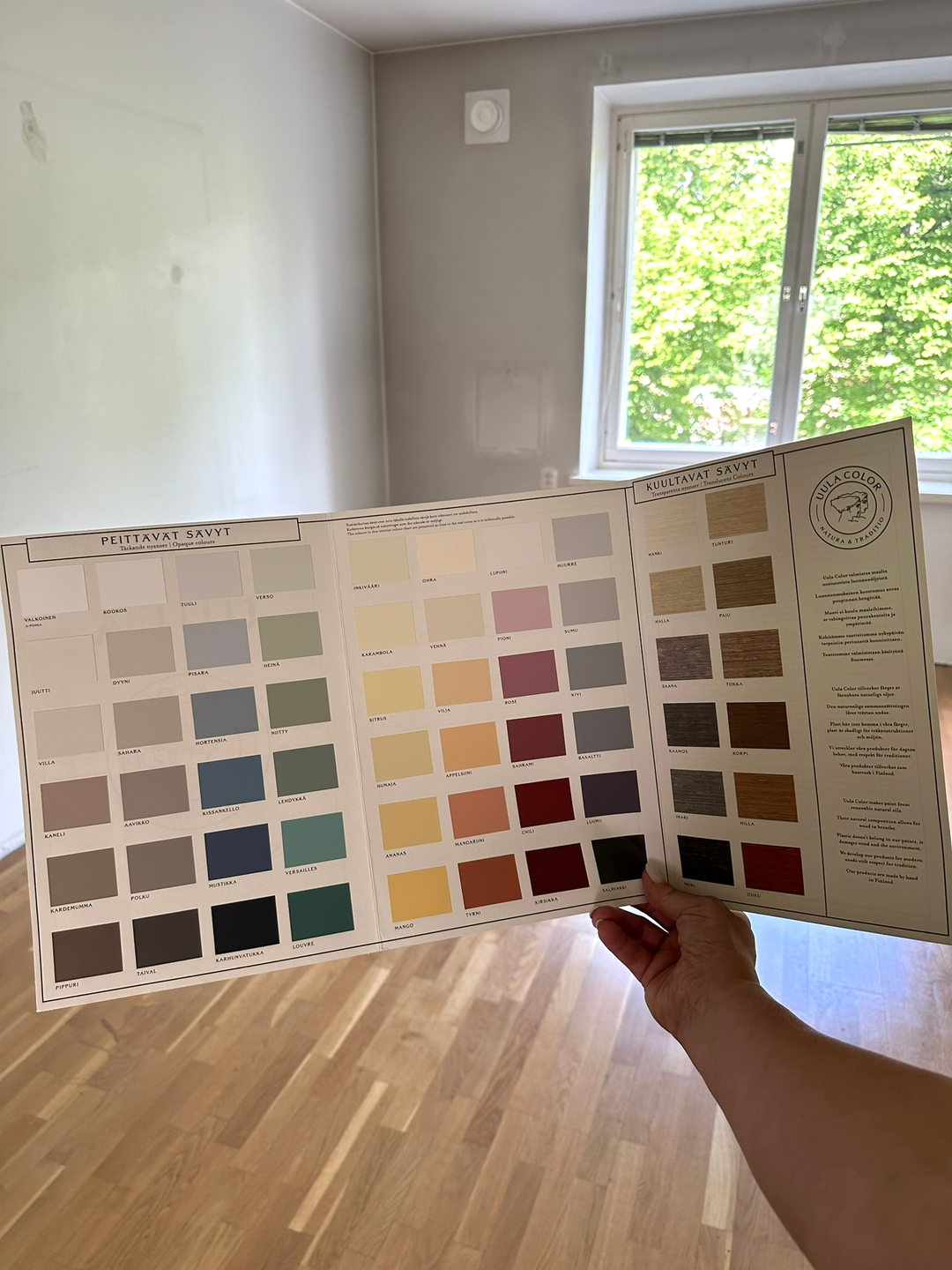
Uula's water -borne interior paints are almost odorless and emission -free, making it healthy and pleasant to paint. Only water evaporates into the air and dry quickly, so the painting goes smoothly without any major interference in a family with children.
The paints are richly pigmented and have excellent coverage. In addition, Uula's interior paints are just the right thickness; They spread lightly and easily, but do not splash the roll or chick from a brush. The splashing of the paint is also reduced by a short or medium-haired roll, the long-haired roll is best suited for coarse surfaces.
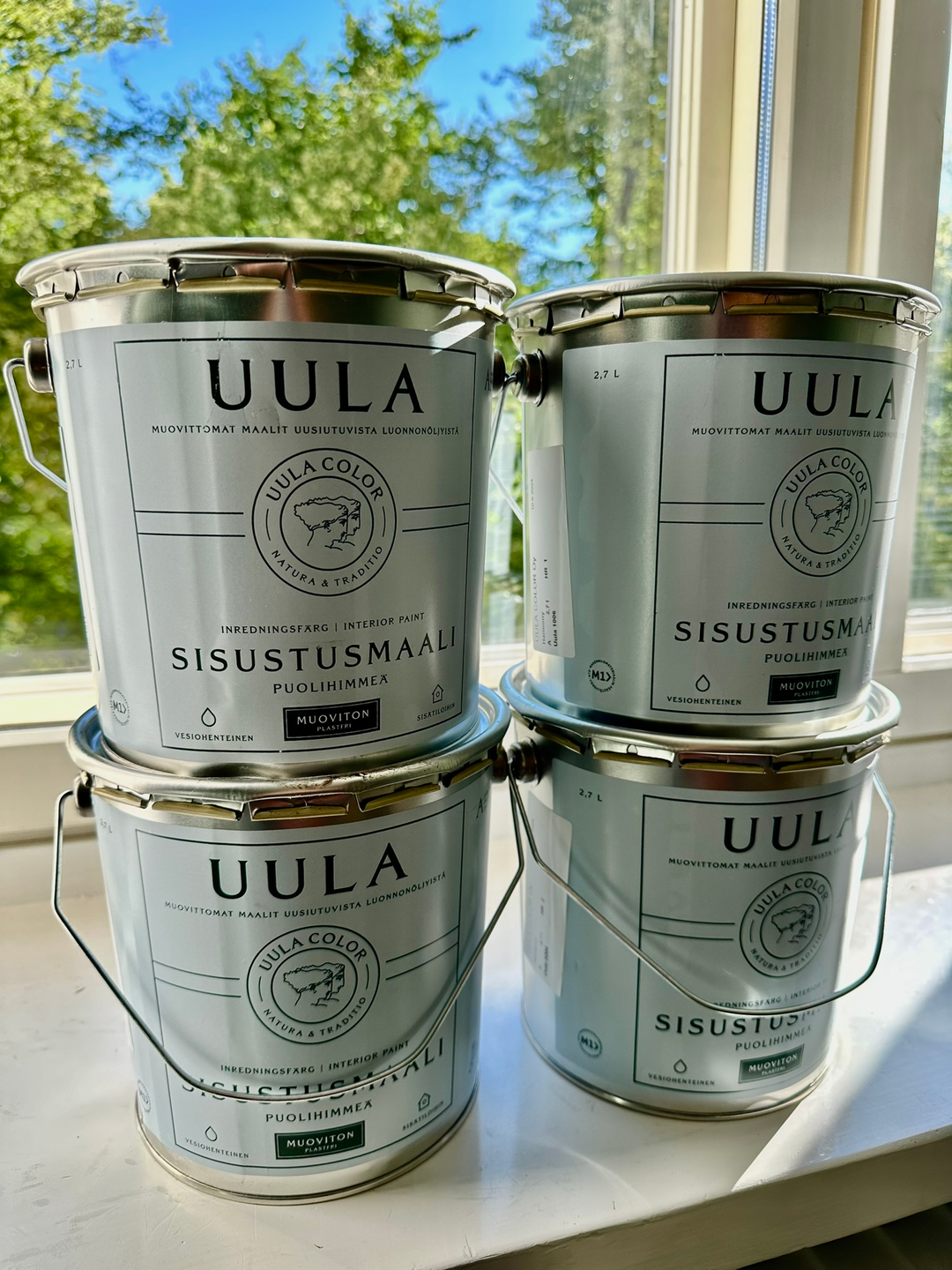
Paint -free natural oil -based composition gives the house to breathe, keeping the indoor air healthy in the future. As a raw material, renewable natural oils are also a better option for the environment, and natural oil paints on the surfaces of the home bring a long time. Uula interior paints are perfect for wiping, washing and everyday life-induced consumption.
Before painting
There is no special need for painting the wall, but high quality tools are helpful. It is advisable to reserve at least about 50-70 mm wide for painting the interior walls and a medium-haired roll, as well as a suitable trough. The extension arm and a small roll may also be helpful.
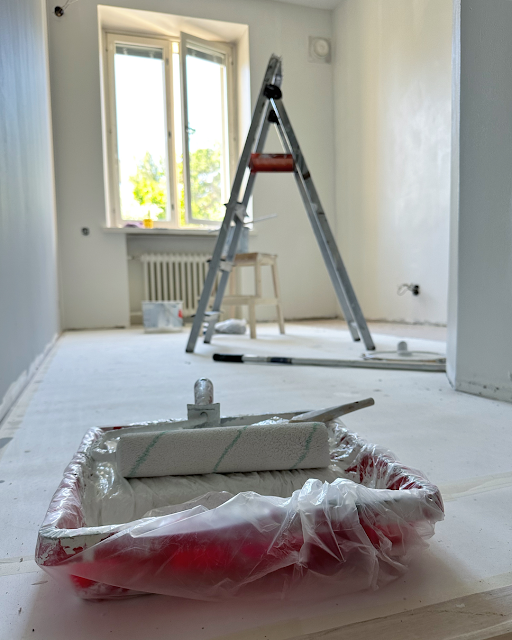
Carefully clean the surfaces to be painted before painting. In the case of a new guitated and sanded plate, remove the sanding dust and protect the roof and other edges with paint tape.
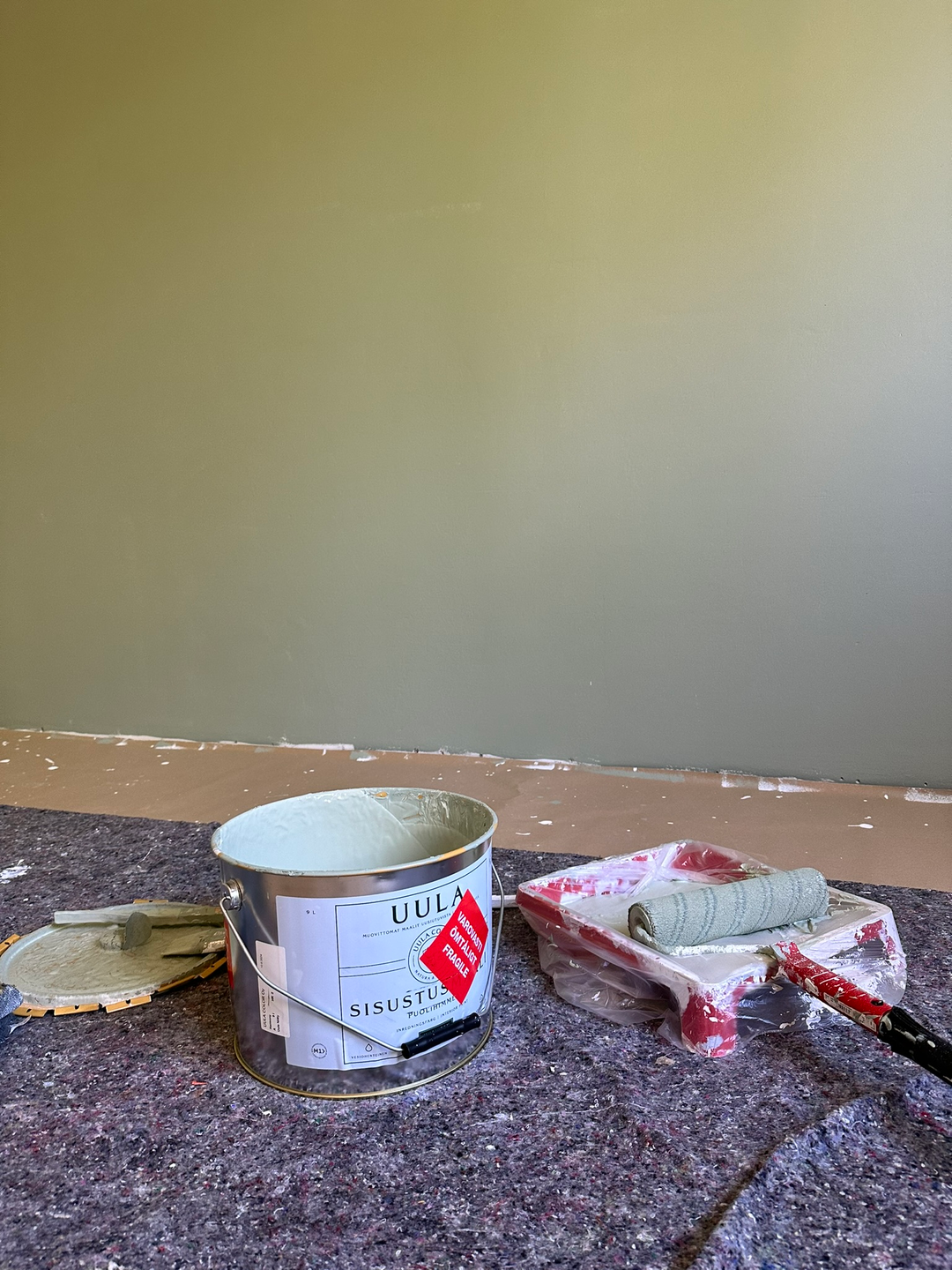
The old paint surface may need surface washing with Uula paint, so that the paint will stick well, especially if the wall to be painted is in the kitchen, which can easily catch fat in addition to dust. When the surface is clean,, if necessary, protect the roof and other edges, and of course the floor. Always mix the paint thoroughly before use, preferably with a mixing whisk .
Start at the edges
Primer is necessary in the case of a new surface, or if there is a lot of smoothing on the surface. The primer brings the surface irregularities well visible, making it easy to smooth after priming. Carefully sand the screed when it dries properly so that it does not appear under the paint. Uula The insole paint is very resistant to grinding, which also makes the surface paint even. For example, remove sanding dust with a soft brush. The screed must be completely dry before painting on it.
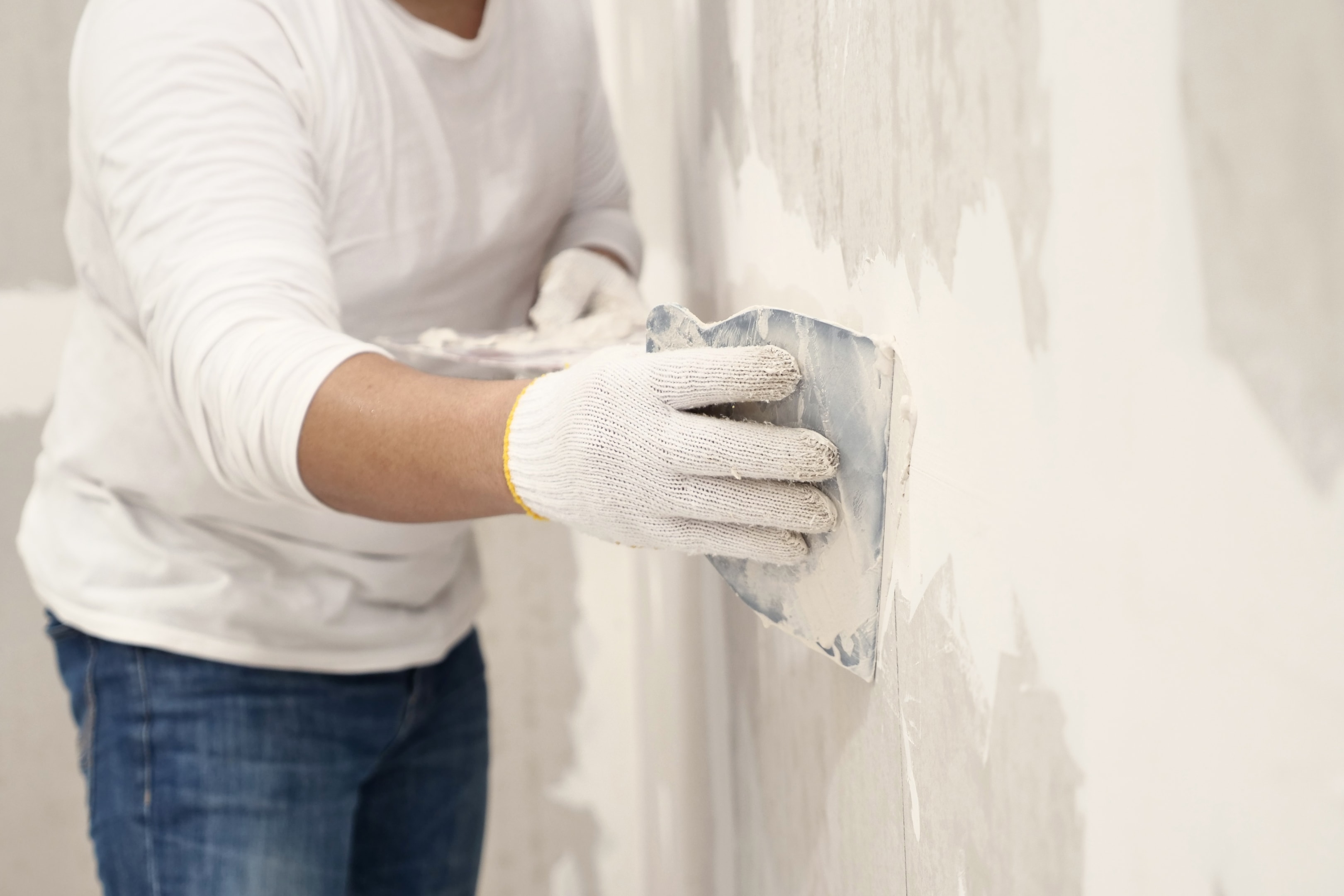
The priming begins by painting the edges and corners of the wall with a brush. If desired, the brush can be smoothed with a small roller, after which the painting with a large roller can be started. Paint only one wall at a time so that the edges of the edges do not dry before the roll starts.
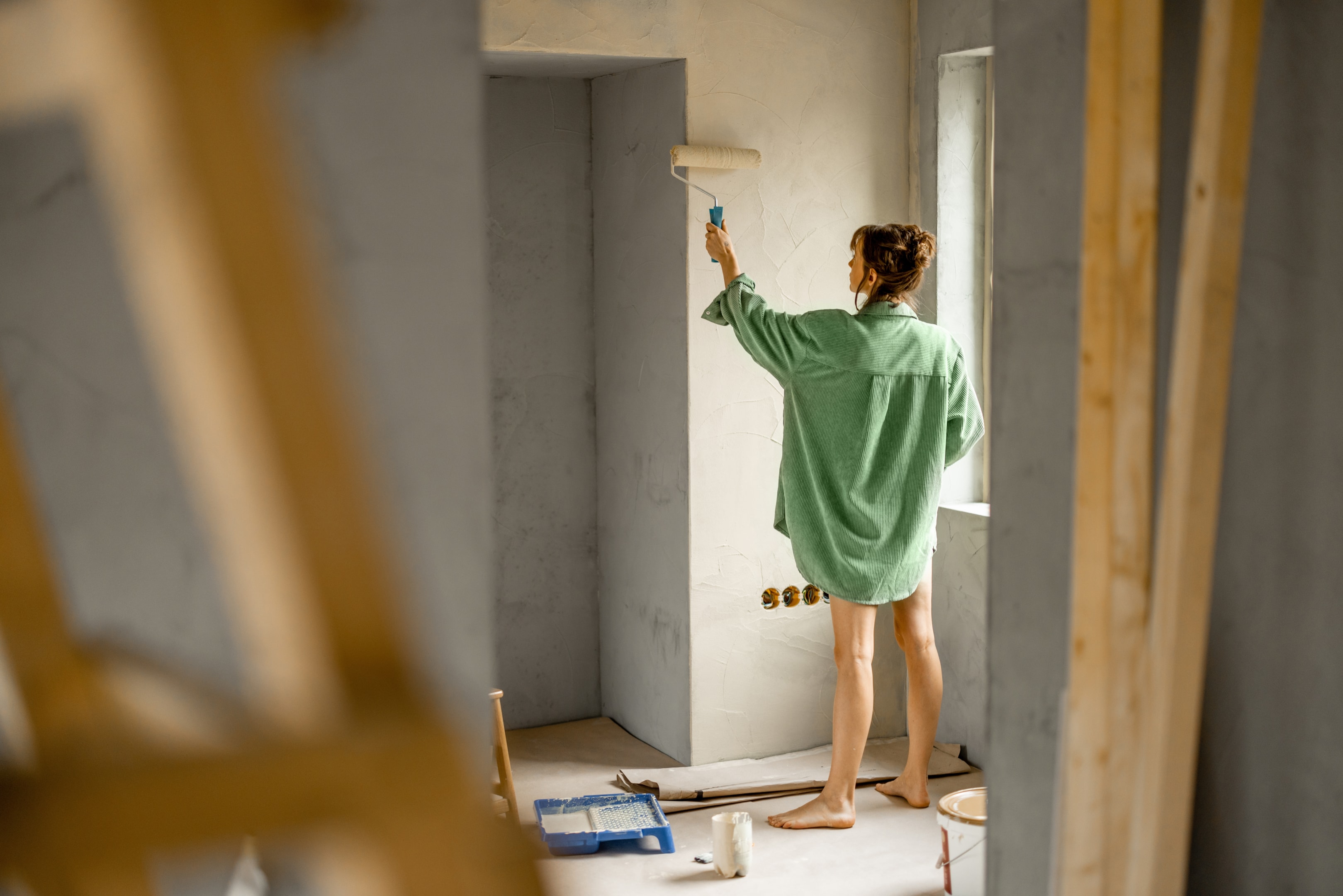
See the best tips for professional painter Ella Vesala for priming the interior walls from Uula's help video .
Roller along the pulls and smooth out in parallel
Once the edges are painted, the wall can be painted. Apply the paint to the wall by rolling along the drawing directly in the vertical direction, and smooth the paint every two or three of the roller coaster, either from the bottom up or from top to bottom.
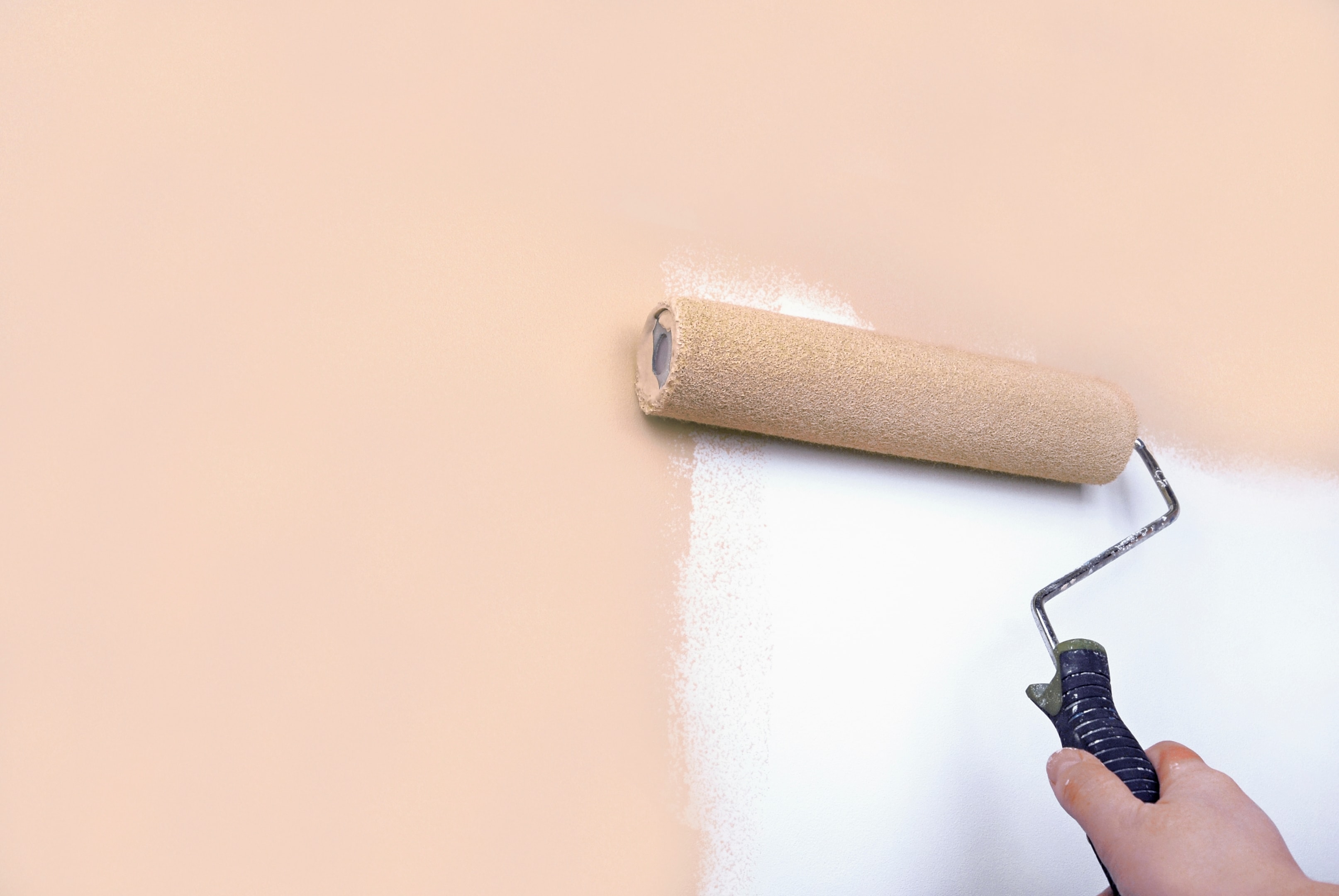
Most importantly, the leveling is always done in the same direction, so that the light is reflected evenly from the wall and the traces of the roll pulled in different directions will not appear on the dried surface. While the surface looks flat when painting, the strokes made in different directions may appear on the surface as shiny veins, and especially when the light hits the wall sideways.
The topcoat twice
Once the primer has dried for at least two hours, do the topcoat in the same way, starting at the edges. The topcoat is done twice and the paint is allowed to dry for two hours between the layers. To ensure a smooth result, it is advisable to smooth the last layer carefully.

When the wall surface is complete, it is advisable to remove the paint tapes immediately by pulling away from the wall at 45 degrees. If the paint has to dry too much, the removal of paint tape may leave an uneven imprint.
Here you can look at the model of professional painter Ella Vesala and instructions for the best outcome.

